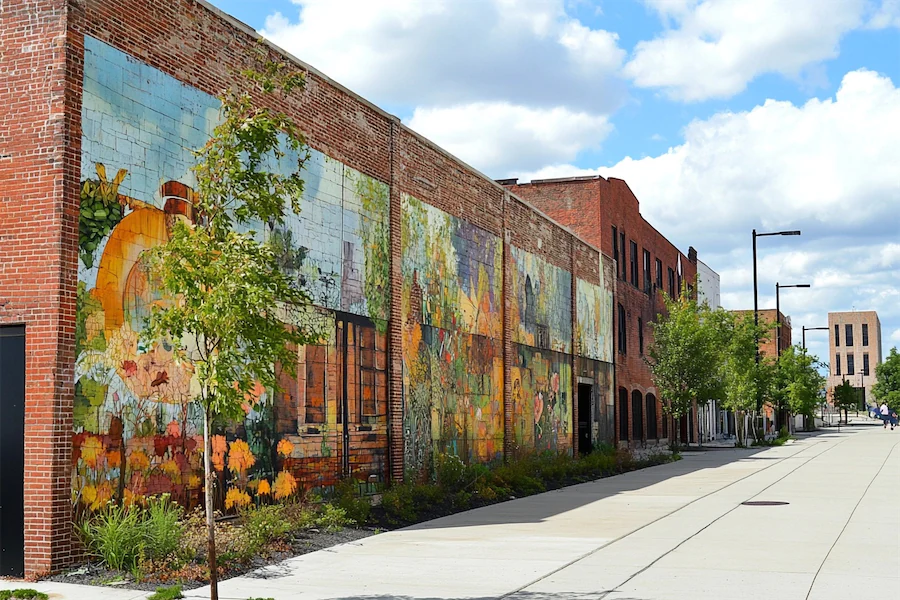Adaptive reuse involves repurposing existing buildings for new functions, blending historical elements with contemporary design. Walls in such projects are pivotal, as they often retain the character of the original structure while accommodating modern needs.
Key Features of Walls in Adaptive Reuse Projects
- Preservation of Original Materials: Maintaining elements like exposed brick or stone walls preserves the building’s historical essence. For instance, in the transformation of a 1960s warehouse into a brewery, existing brick walls were sandblasted to retain their character.
- Integration of Modern Materials: Combining original walls with contemporary materials, such as glass or steel, creates a dialogue between past and present. This approach can result in striking contrasts that highlight the building’s evolution.
- Structural Reinforcement: Updating walls to meet current safety standards is crucial. This may involve adding reinforcements or using advanced materials to ensure stability without compromising aesthetic appeal.
Applications of Adaptive Reuse Wall Designs
- Cultural Spaces: Old industrial buildings can be transformed into galleries or museums, where retaining original walls adds authenticity and character. For example, the Tate Modern in London repurposed the Bankside Power Station, preserving its massive brick walls to house contemporary art.
- Residential Conversions: Converting factories or warehouses into loft apartments often involves keeping original walls to maintain an industrial aesthetic, while introducing modern amenities for comfort.
- Commercial Use: Repurposed buildings for retail or office spaces benefit from the unique ambiance provided by original wall structures, setting them apart from conventional commercial environments.
Considerations When Designing Adaptive Reuse Walls
- Material Compatibility: Ensuring that new materials used in conjunction with original walls are compatible is essential to prevent issues like moisture damage or structural weaknesses.
- Historical Significance: Understanding the historical context of the original walls can guide design decisions, helping to honor the building’s legacy while adapting it for modern use.
- Sustainability: Adaptive reuse is inherently sustainable, reducing the need for new materials. Preserving and enhancing existing walls aligns with eco-friendly practices by minimizing waste and resource consumption.
Conclusion
Walls in adaptive reuse projects serve as tangible links between a building’s past and its future. By thoughtfully integrating original structures with modern design elements, architects can create spaces that are both functional and rich in historical resonance.
